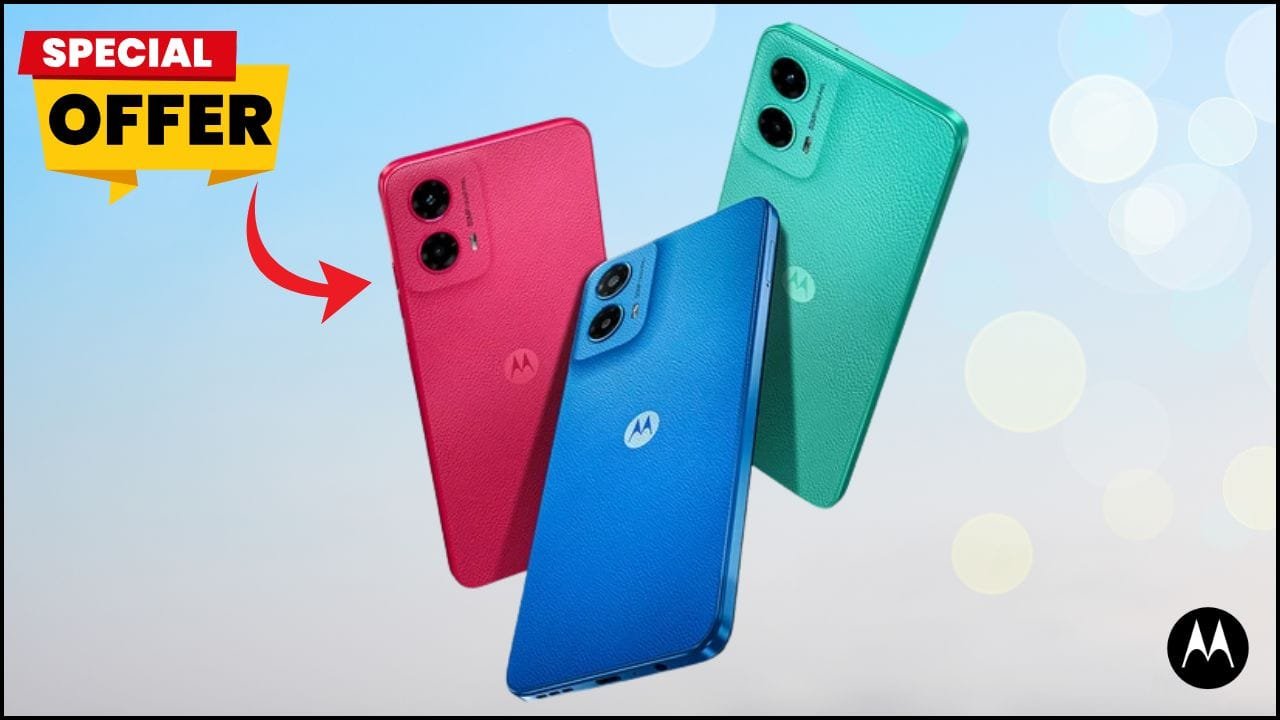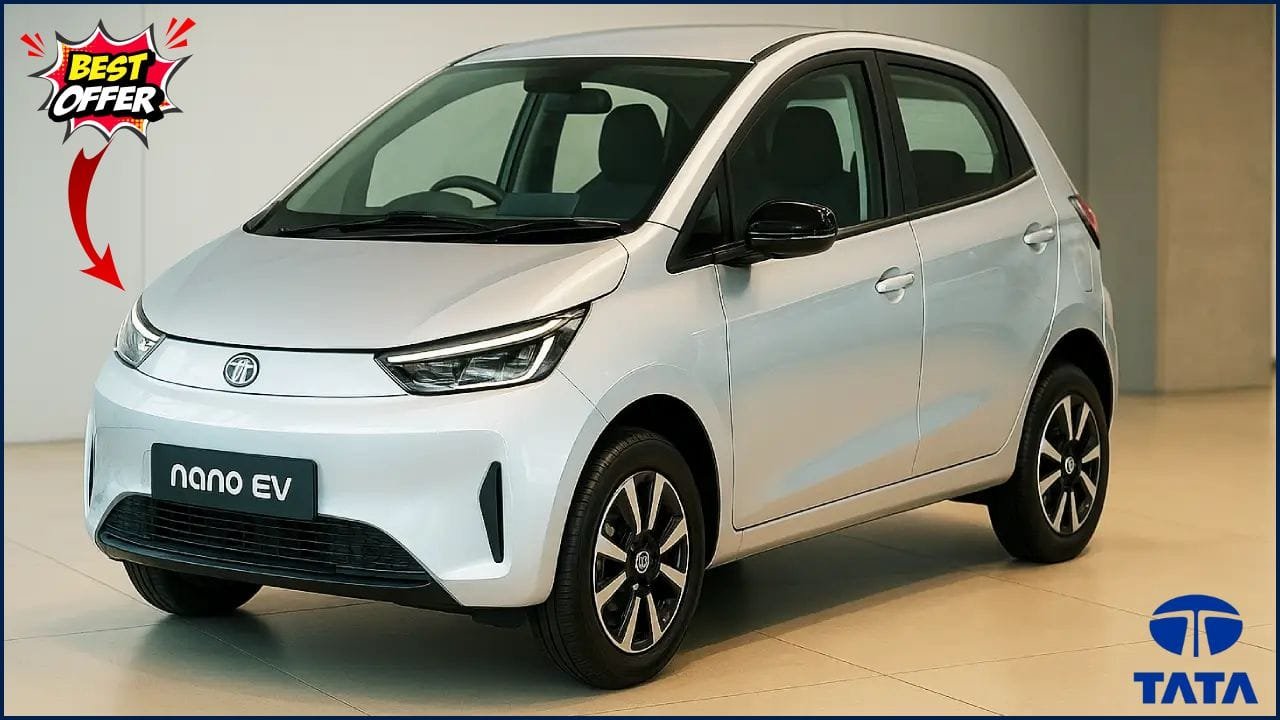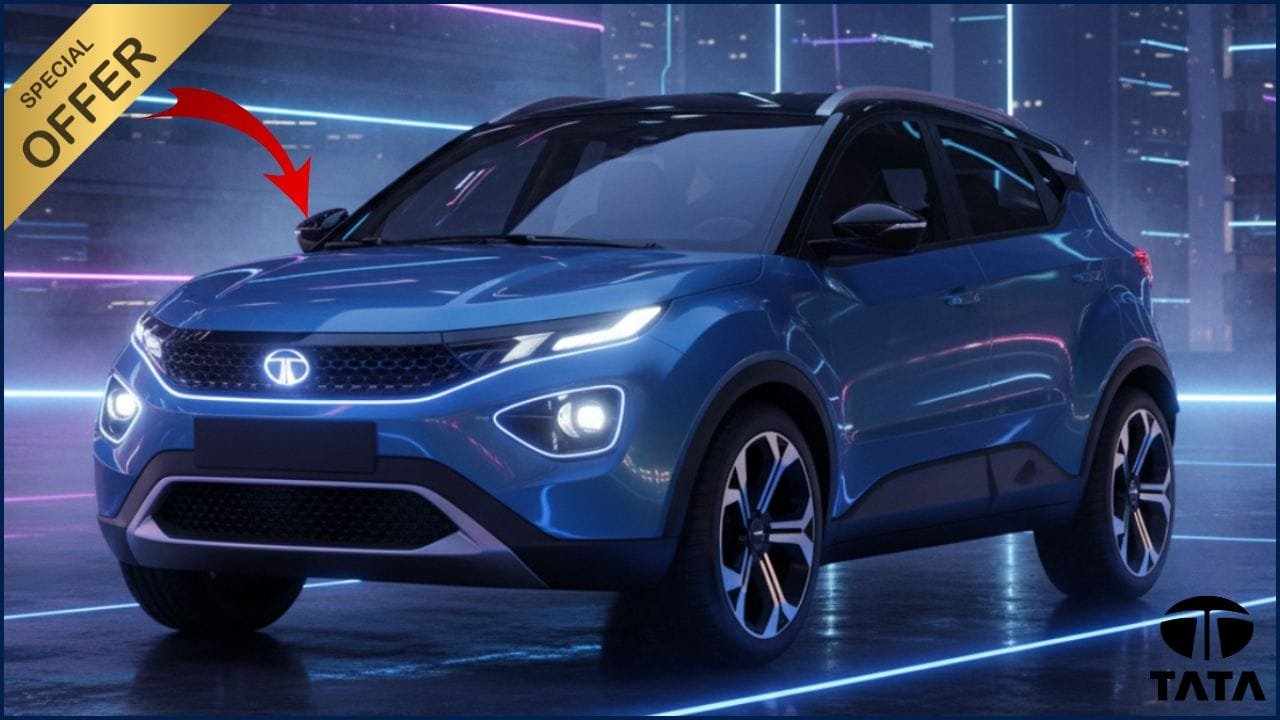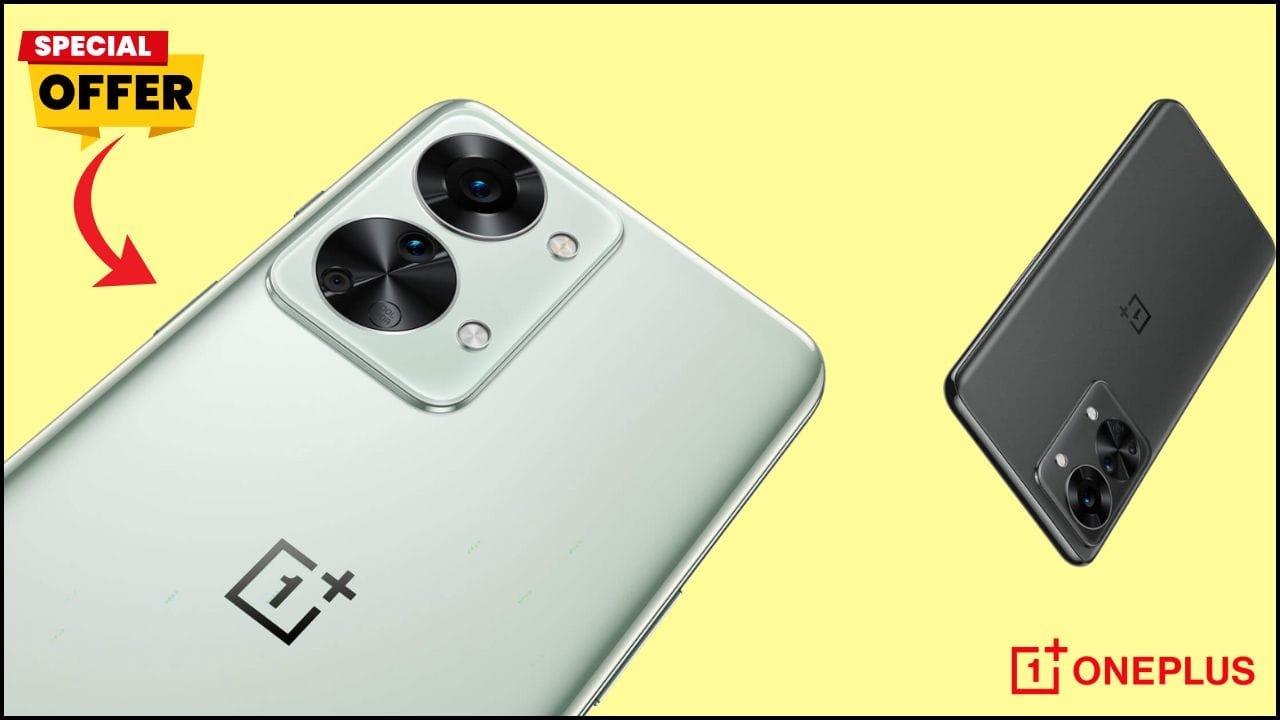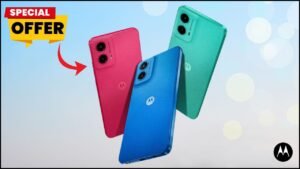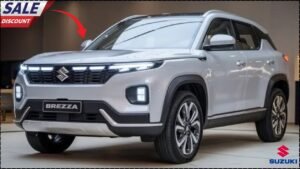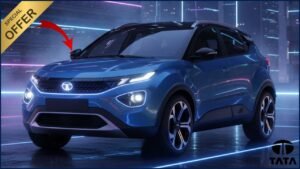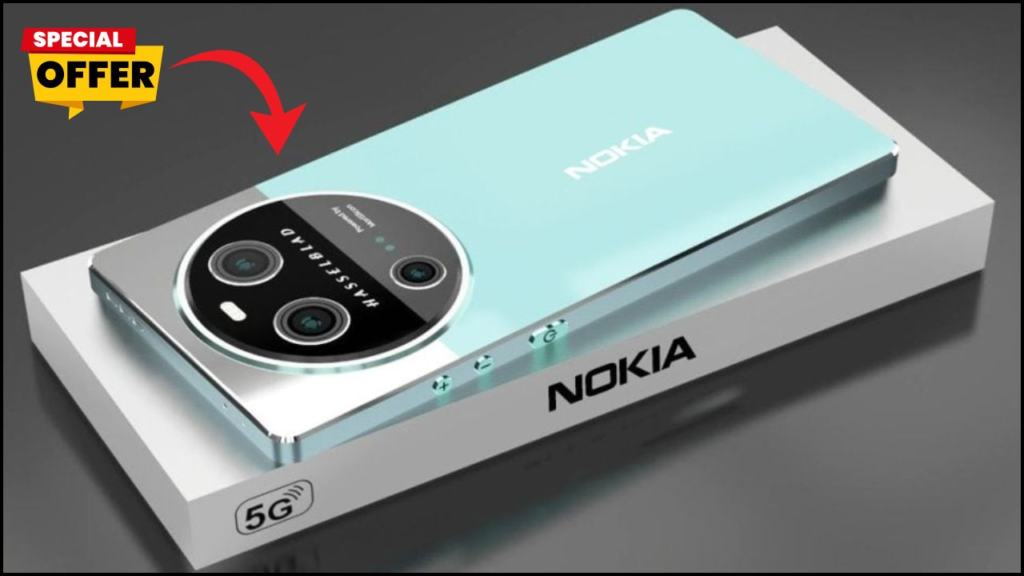
The Nokia Magic Max 5G has gained attention online after several unofficial listings claimed it features a 320-megapixel camera and an 8 000 mAh battery. However, neither Nokia nor its global licensee, HMD Global, has confirmed the device, leaving industry observers sceptical about the authenticity of these extraordinary specifications.
Alleged Specifications and Market Positioning
Online posts and blogs have described the Nokia Magic Max 5G as a premium device with flagship-class hardware: a 6.9-inch AMOLED display, a 320 MP primary sensor, a massive 8 000 mAh battery, and 120-watt fast charging. Some rumours even claim it will carry Qualcomm’s Snapdragon 8-series processor, up to 12 GB RAM, and 256 GB storage.
If accurate, these specifications would place the model at the high end of the 5G market — competing with brands such as Samsung, OnePlus, and Xiaomi — but at a fraction of the typical flagship price. Certain listings have cited prices as low as ₹6 000–₹8 000, an implausibly low figure for a device with such advanced components.
Technology analysts suggest these claims may reflect speculative or promotional attempts to attract traffic rather than genuine manufacturer information. “Such extraordinary specifications at that price point raise immediate credibility concerns,” said Rakesh Iyer, a Mumbai-based technology consultant.

Why the Claims Raise Doubts
No Official Announcement
Neither Nokia Corporation nor HMD Global, which manages the Nokia smartphone brand, has issued any official statement or product teaser referencing the Magic Max 5G. The company’s verified press portal and social-media pages remain silent on the topic, suggesting that the product may be speculative or misrepresented.
Inconsistent Information
The specifications circulating online vary widely between outlets. While some mention a 320 MP camera, others claim 144 MP or 108 MP sensors. Battery capacities range between 5 000 mAh and 8 000 mAh. This inconsistency hints that multiple unauthorised sites are recycling and modifying each other’s data without official validation.
Technical Feasibility
Industry engineers point out that a 320 MP sensor, though theoretically possible, would require significant image-processing power and heat management. “No mass-produced smartphone currently offers a sensor above 200 MP,” explained Dr Anya Sharma, a digital-imaging researcher at the Centre for Mobile Optics.
Similarly, an 8 000 mAh battery would increase a phone’s thickness and weight beyond standard design norms. It would also require more advanced cooling systems and certification for safe fast-charging, which would raise manufacturing costs considerably.
The Broader Industry Context
Camera and Battery Evolution
In the global smartphone industry, manufacturers have long used camera resolution as a marketing differentiator. Flagships today often feature sensors between 108 MP and 200 MP. While higher pixel counts allow for detailed images, improvements in image processing and sensor size have proven more influential to real-world performance than raw megapixel numbers.
Battery capacity has also increased steadily, but most premium 5G phones balance performance and portability around 5 000 mAh. Devices exceeding 6 000 mAh typically belong to rugged or gaming categories, where additional weight is acceptable. An 8 000 mAh capacity would indeed be remarkable — but rare for mainstream designs.
The 5G Competition
India’s 5G rollout and the appetite for long-lasting phones have intensified competition. Brands such as Samsung, Realme, and iQOO are focusing on “all-day” batteries and faster charging. In this environment, rumours of an ultra-high-capacity Nokia device naturally attract attention, but they also risk confusing buyers if unsupported by official evidence.
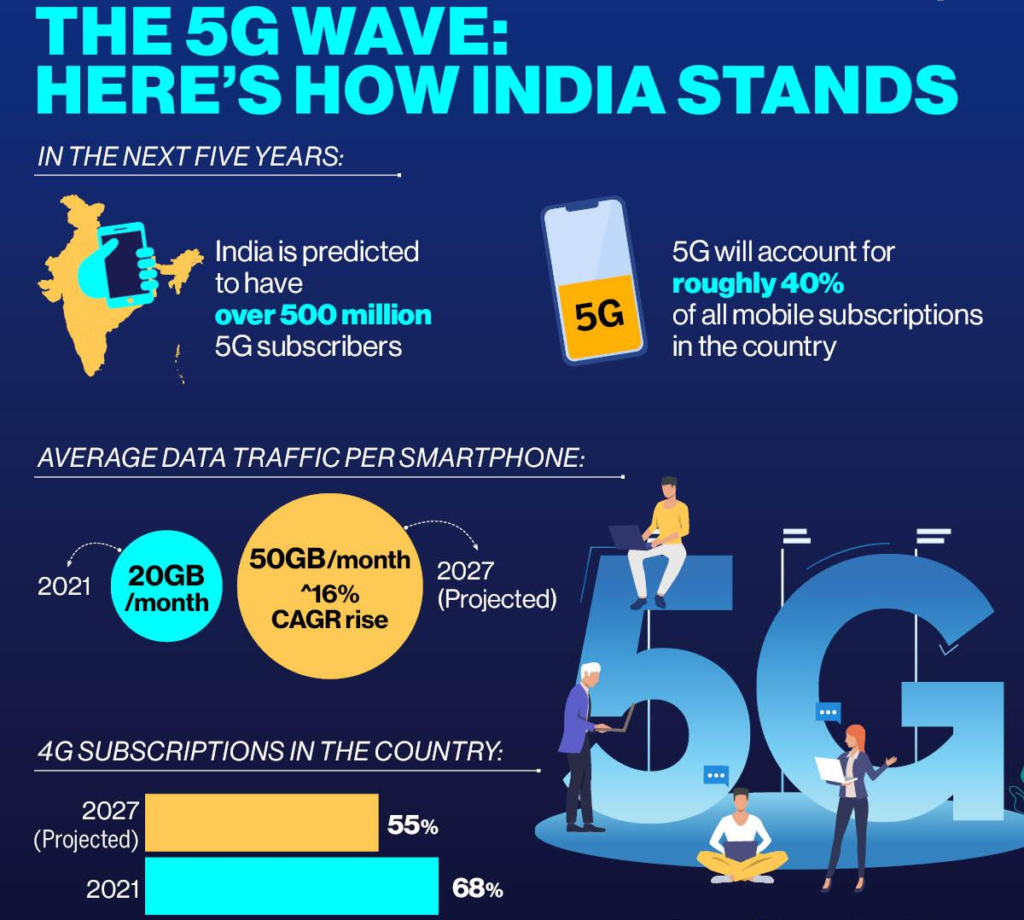
Why the Rumours Spread Quickly
Industry observers attribute the viral spread of the Nokia Magic Max 5G story to two factors: nostalgia for the Nokia brand and rising social-media speculation culture. The name evokes memories of Nokia’s reliability during the early mobile era, making audiences more likely to click on posts that suggest the company’s “big comeback”.
Furthermore, the format of many of these reports — sensational headlines with striking images and implausibly low prices — mirrors previous instances of viral misinformation about unreleased smartphones. These tactics often serve affiliate marketing goals or drive visitors to ad-revenue sites.
Expert Analysis and Industry Reactions
Dr Anya Sharma believes the appeal of such rumours lies in a mixture of hope and curiosity.
“Consumers want to believe a trusted brand like Nokia could leap ahead with game-changing specs. But in today’s market, extraordinary claims require extraordinary proof.”
Rajeev Menon, senior editor at a technology review magazine, adds:
“A 320-megapixel sensor is within the realm of possibility, but not at mass-production scale yet. It would require hardware and image-processing systems beyond what even current flagship phones offer.”
Both experts agree that consumers should wait for official press releases or certification data from bodies such as the Bureau of Indian Standards (BIS) before treating such listings as credible.
What Consumers Should Do
1. Verify Before Buying
Before purchasing any device marketed as Nokia Magic Max 5G, consumers should verify its listing on Nokia’s official website or trusted retailers. Authentic Nokia phones are normally accompanied by product manuals, authorised service-centre lists, and warranty information.
2. Beware of “Exclusive Launch Deals”
Several sites have advertised “exclusive early-bird offers” requiring upfront payments. Experts warn that such promotions are common tactics in online scams. Buyers should only transact through certified platforms or physical stores.
3. Compare with Proven Alternatives
Buyers seeking high-capacity batteries and advanced cameras can consider established models like Samsung’s Galaxy S-series or Xiaomi’s flagship Ultra line, which offer verified performance, official service, and long-term software updates.
Nokia 5G Dhamaka Launch! Futuristic See-Through Design & 240MP Camera with Huge Savings!
Implications for Nokia’s Brand
Nokia has worked over the past decade to rebuild credibility in a crowded smartphone market. If the Magic Max 5G rumours prove false, they may cause short-term confusion but are unlikely to significantly harm brand equity.
However, if the company genuinely plans a high-spec 5G phone, transparency will be essential. Industry analysts argue that an official announcement — with verifiable specifications and pricing — would help control misinformation and reassure consumers.
The Bottom Line
At present, the Nokia Magic Max 5G remains unconfirmed. The claims of a 320 MP camera and an 8 000 mAh battery, while intriguing, are unsupported by verifiable evidence. Consumers are advised to await official communication from Nokia or its authorised distributors before engaging with pre-orders or “launch deals”.
For now, the story serves as a reminder that in an era of fast-moving digital marketing, informed scepticism remains the buyer’s best defence.

